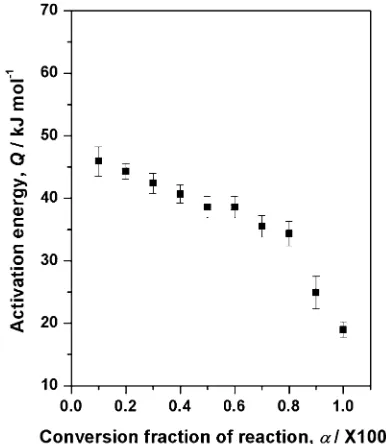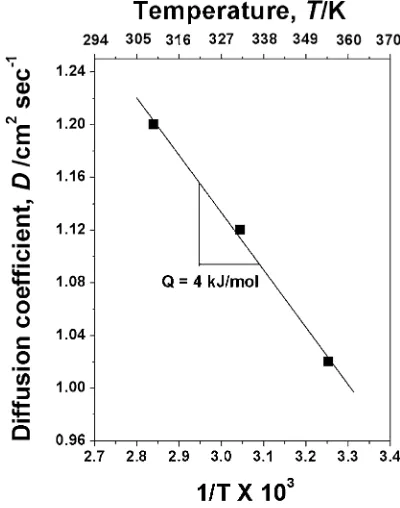In Situ Kinetic Study of Hydrogen Reduction of Fe2O3 for the Production of Fe Nanopowder
Full text
Figure




Related documents
had a statistically significant increased adjusted risk for all-cause mortality (hazard ratio [HR] 1.69, 95% confidence interval [CI] 1.10-2.60) and unplanned hospitalization (HR
Considering only women who received abortion care from public facility where there is shortage contraception supplies in study conducted in two of the region and failing to
Also, both diabetic groups there were a positive immunoreactivity of the photoreceptor inner segment, and this was also seen among control ani- mals treated with a
The use of sodium polyacrylate in concrete as a super absorbent polymer has promising potential to increase numerous concrete properties, including concrete
Further testing was done using ethanol, as that was the solvent to be used in the reaction. While ethanol has a boiling point o f 78.4 °C at
This study is a systematic review and meta- analysis that was performed in clinical trial about the effect of vitamin D copmpared with placebo on CD4 count of
Phosphorylated CheY (CheY-P) binds to the motor switch to induce tumbling of the cells. CheR and CheB confer adaptation to persisting stimuli by adding and removing methyl groups
In the present study, the Socio-Economic factors of the selected investors attitude towards the investments are discussed with the help of following variables such as gender